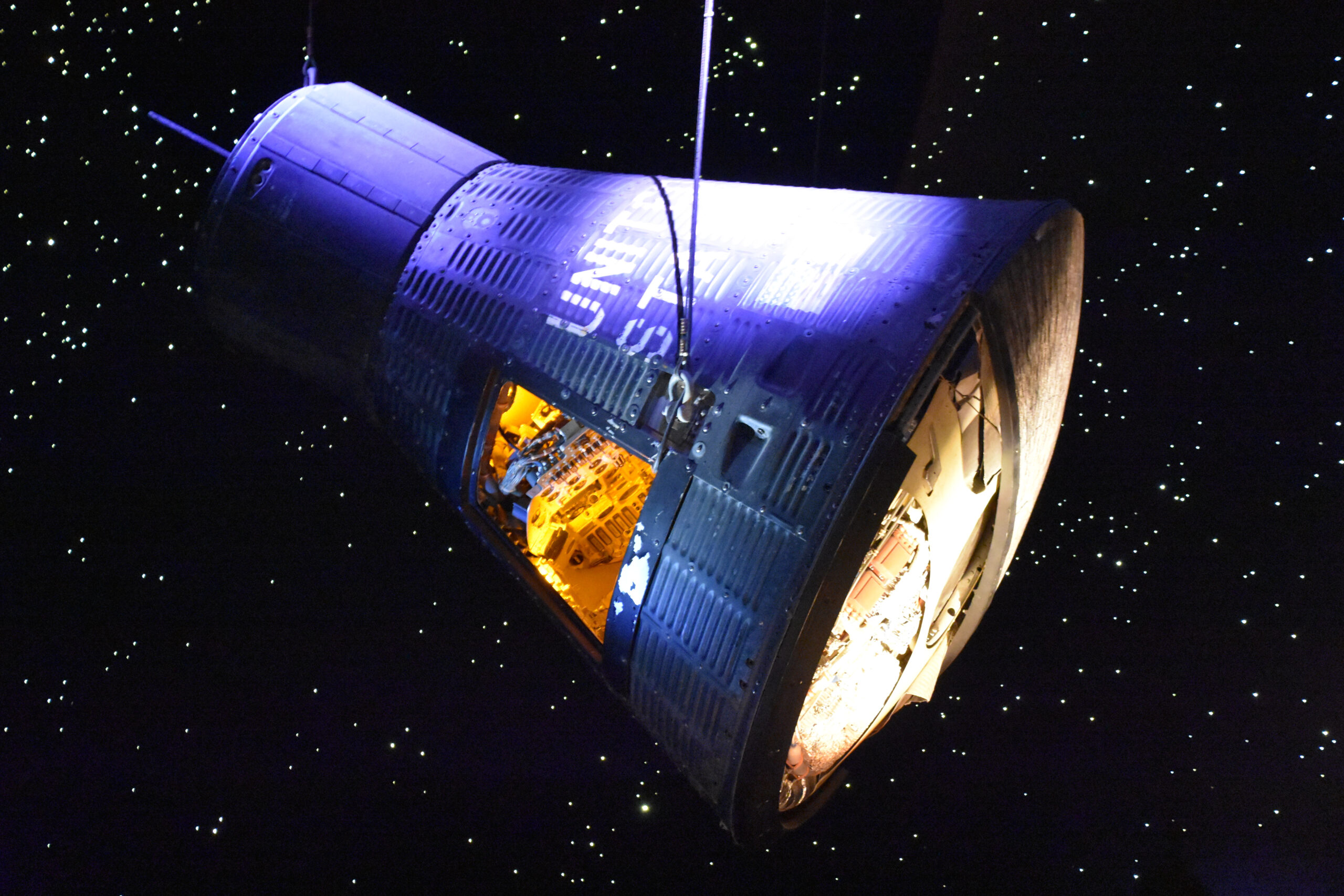Boeing’s Starliner spacecraft, initially scheduled to return from the International Space Station (ISS) months ago, is now set to land without the astronauts it ferried in June.
Persistent thruster problems forced NASA to delay the capsule’s return and prioritize a deeper analysis of the issue, underscoring the challenges Boeing faces in its role within NASA’s Commercial Crew Program.
Thruster issues behind Starliner’s delayed departure
Originally planned as a nine-day mission, Boeing’s Starliner, named “Calypso,” has been docked at the ISS for nearly three months due to ongoing technical issues with its thrusters.
Engineers extended the mission to investigate the propulsion system thoroughly, leading to a significant delay in the spacecraft’s return to Earth.
The mission, part of NASA’s Commercial Crew Program, is critical for Boeing, but the thruster issues have cast doubt on the spacecraft’s reliability.
NASA decided to send the Starliner capsule back to Earth without astronauts to reduce risks and continue troubleshooting.
Initially, test pilots Butch Wilmore and Suni Williams were scheduled to return aboard Starliner, but they will now remain on the ISS and return via SpaceX’s Dragon spacecraft in February.
The empty return flight will allow NASA and Boeing to mitigate any potential risks during the undocking and re-entry phases.
Boeing Starliner’s undocking process revised
In preparation for its return, NASA has revised the undocking procedure for Starliner to ensure safety.
Unlike typical crewed departures, this process will involve additional safeguards since no astronauts will be on board to manually intervene if necessary.
The hatch on the Starliner was sealed on Thursday, and undocking is scheduled for around 6 p.m. ET on Friday.
The capsule will then make its six-hour journey back to Earth, aiming to land at White Sands Space Harbor in New Mexico.
Boeing absorbs $1.5 billion in losses
The delays and technical setbacks with Starliner have had significant financial consequences for Boeing.
The aerospace giant has absorbed more than $1.5 billion in losses as it works to resolve the issues.
What was intended to be a landmark mission has instead highlighted the risks and complexities of space exploration, raising concerns about Boeing’s future participation in NASA’s Commercial Crew Program.
NASA’s Commercial Crew Program was designed to foster competition between Boeing and SpaceX, providing two reliable options for crewed missions to the ISS.
However, Boeing’s struggles with Starliner have shifted the balance in favor of SpaceX, which is now handling the bulk of NASA’s crewed missions.
Boeing must now address the underlying problems with Starliner to meet NASA’s strict safety standards and secure its place in the program’s future.
As Boeing works to restore confidence in its spacecraft, the stakes are high, not just for the company but for NASA’s broader vision of commercial partnerships in space exploration.
The post Boeing Starliner departs ISS without astronauts after months-long delay appeared first on Invezz

